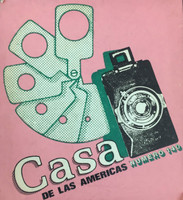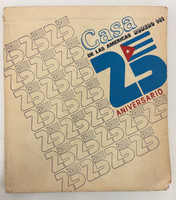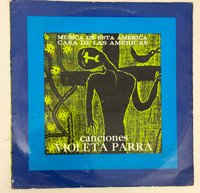- Travel
-
Exhibits
- La Portada Cubana
- Immortal Cuba: Artists Take on Their Heroes
- Seattle Poster Exhibit
- Sandra Dooley & Alejandrina Cué
- The Art of Wayacón
- Cuban Folk Art
- Cuba In Black And White
- 25 Years of Cuban Art Space
- Summer Folk Art Expo
- ¡SPRING AWAKENING FROM CUBA!
- Celebrating The Art Of Cuban Women
- Celebrating Paper, Affordable Art from Cuba
- Art of the Revolution
- Outsider Art
- Lost and Found
- En la lucha: Celebrating Cuban Women and Their Art
- Cuban Art Stash
- 100 Fires: 5 Cienfuegos Artists' Work on Paper
- Waya + Monte! Magic Realism in Cienfuegos
- Viva Cuba Viva! Poster Show
- Cultivando Sueños
- Black Lives Matter in Cuba Jan 9-March 27
- Leandro Soto: Crónicas visuales
- Cuban Canvas
-
Archive
- Global Reflection 2018: Spirit and Community
- Exhibit in the cloud: Contemporary Works on Paper
- MADE IN CUBA! MINNEAPOLIS EXHIBIT
- Cuban Posters and Photography from CCS collection
- AUTUMN SALE! Sept/Oct 2017
- SPRING ARTS AND CRAFT SALE
- Vuelo Directo/Non Stop: Alberto & Alejandro Lescay
- The Many Faces of Fidel
- Somos
- Made in Cuba!
- The US empire in Cuban graphics
- Made in Cuba/Seattle exhibit
- Entre Nos
- Looking Back
- Cuban Art Space
- Membership/Donate
- About Us
- Cuba News
-
Umberto Peña's cover design for this commemorative LP record employs bold halftone screening to create a striking visual effect that merges photographic documentation with revolutionary typography. The cover features large red letterforms spelling "veinte años de revolución" (twenty years of revolution) and "1959-1979" overlaid on a high-contrast black and white screened photograph. The halftone dot pattern creates an optical vibration that suggests both mass media reproduction and the documentary nature of the recordings within. This graphic technique—popularized in Cuban design of the 1970s—references both Pop Art aesthetics and revolutionary poster traditions, creating a modern, dynamic visual that captures the energy of revolutionary commemoration.
"Veinte Años de Revolución" is a landmark audio anthology produced by Casa de las Américas to celebrate the twentieth anniversary of the Cuban Revolution. The double LP features "grabaciones in situ" (on-site recordings) of major Latin American literary figures reading their own works about Cuba and revolution. The stellar lineup includes Pablo Neruda (Chile), Gabriel García Márquez (Colombia), Alejo Carpentier (Cuba), Nicolás Guillén (Cuba), Thiago de Mello (Brasil), Alfredo Gravina (Uruguay), Juan Gelman (Argentina), Alfonso Chase (Costa Rica), and many others from across Latin America—Mexico, Venezuela, Haiti, Peru, El Salvador, and Ecuador.
Produced by EGREM (Empresa de Grabaciones y Ediciones Musicales) and published by Casa de las Américas in 1979, this album represents the organization's crucial role in documenting and disseminating Latin American solidarity with the Cuban Revolution. Casa de las Américas, founded in 1959, served as a vital cultural institution connecting revolutionary Cuba with progressive intellectual movements throughout Latin America. This recording captures a unique historical moment when the continent's most celebrated writers publicly expressed their commitment to Cuban revolutionary ideals through poetry and testimony. Peña's design perfectly encapsulates this intersection of high literature, political commitment, and mass media distribution that characterized Cuban cultural production in the revolutionary period.
-
-
Discover More at the Center for Cuban Studies







